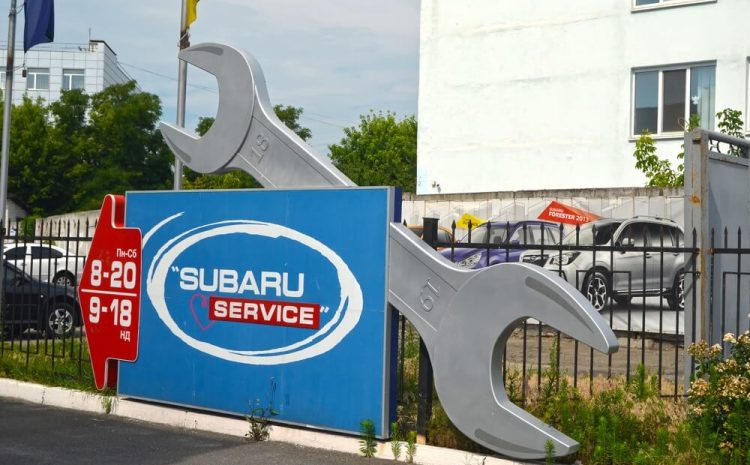
3 Important Car Maintenance Tips: Subaru Service Advice
When they think about a Subaru service, many drivers will envisage taking their cars to an expert technician to carry out vital maintenance work. This is true, some essential maintenance will be conducted, but there are many minor car maintenance tasks that you can carry out yourself. In this article, we will look at three vital car maintenance tasks that are easy to do without any formal mechanical training.
A Quick Note Before We Begin
Before undertaking any work on your car, it’s important to understand what you’re trying to achieve. Many maintenance tasks are outlined in your owner’s manual, and you will find helpful advice on many aspects of car ownership there. Also, replacing Subaru parts may be beyond many people, but if you decide to attempt a repair always use genuine or approved parts only. Lastly, these maintenance tasks are no replacement for a full Subaru service; they should be regarded as a way to help keep your car running whilst saving money and as a way to learn more about your car.
1. Carry Out a Monthly Oil Level Check
If the engine oil in your car is too high or low or the oil is old and dirty, it can have a dramatic effect on the engine’s performance and efficiency. It’s a good idea to have a regular day each month to check your engine oil level. Park the car on level ground, let the engine cool down to cold, take out the dipstick, give it a wipe clean and reinsert it. The take the dipstick back out and look at where the oil level has reached. If the oil level is between the dots, it’s good, if it’s too low top it up 100ml at a time and keep checking until it reaches a good level.
2. Top Up Cooling System Fluids
An engine cannot work without coolant, and this is a vital maintenance check that many drivers ignore. Before you attempt this task, it’s important to ensure that the coolant system is cold or you could burn your hand on the radiator cap. Find the coolant reservoir; it’s a semi-transparent bottle located next to the radiator. There will be markings on the side to show if the current coolant fluid levels are low or high and this will determine if you need to top up the system. To be extra safe, grip the radiator cap with a thick cloth and slowly twist it off when you need to check the coolant levels.
3. Check Your Tyre Pressure
The tyres on your car are the only points of contact with the road and the need to have a tread depth of at least 3 mm. The pressures in your tyres can have a dramatic effect on how quickly your tyres wear and your fuel economy. The tyre pressures should be checked regularly with a tyre gauge and inflated to the recommended level. While you’re checking the tyre pressures look out for any excessive or uneven wear, missing rubber and nails or other debris stuck in the tyre
